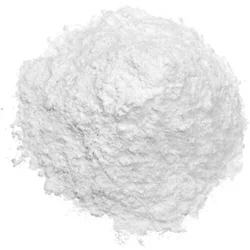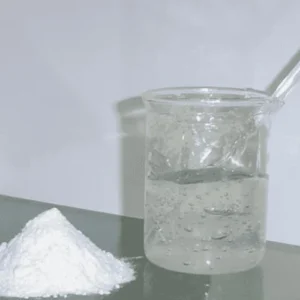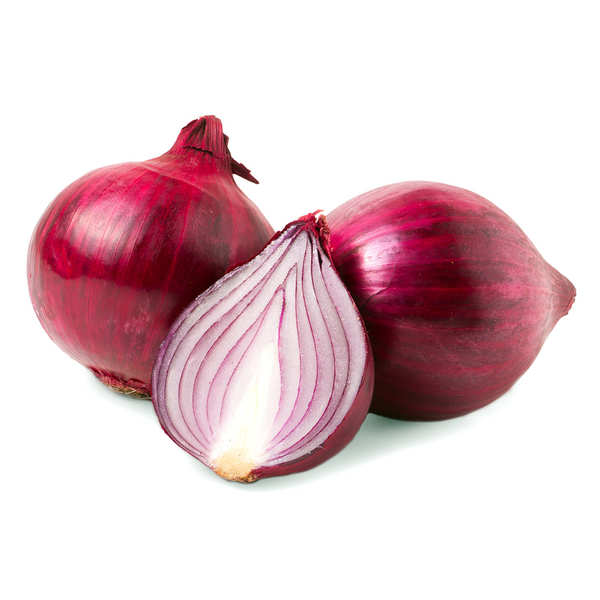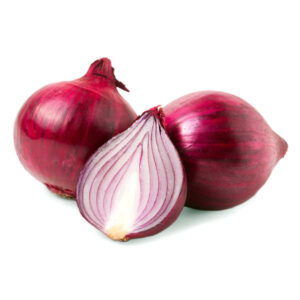Introduction : Aaj ke time me skincare industry me ek ingredient kaafi buzz create kar raha hai – Niacinamide. Isse Vitamin B3 ke naam se bhi jana jata hai. Ye ek water-soluble vitamin hai jo apne gentle aur effective results ke liye popular hai. Niacinamide ko dermatologists aur beauty experts ek multi-tasker bolte hain, kyunki ye ek hi product me multiple skin concerns ko address karta hai.
Cosmetic manufacturing industry me niacinamide kaafi demand me hai, kyunki ye almost har skin type ke liye suitable hai. Chahe aap oily skin, dry skin ya sensitive skin rakhte ho, niacinamide apne benefits ke saath har skin routine me fit ho jata hai.
What is Niacinamide?
Niacinamide ek active form hai Vitamin B3 ka jo skincare me water-based products me use hota hai. Ye ek antioxidant ingredient hai jo free radicals se skin ko protect karta hai, collagen production ko boost karta hai, aur skin ke barrier function ko improve karta hai.
Ye ingredient creams, serums, lotions, gels, aur even sunscreens me bhi use hota hai. Cosmetic formulations me iski recommended concentration generally 2% se 10% hoti hai, depending on skin concern.
Top Benefits of Niacinamide for Skin
1. Strengthens Skin Barrier
Skin barrier ek protective shield ki tarah kaam karta hai jo moisture ko lock karta hai aur external irritants ko block karta hai. Niacinamide ceramide production ko boost karke skin barrier ko strong banata hai, jisse skin hydrated aur healthy rehti hai.
2. Reduces Hyperpigmentation
Regular use of niacinamide melanin production ko regulate karta hai, jisse dark spots, acne marks, aur uneven skin tone gradually fade hone lagti hai. Research studies ne prove kiya hai ki 5% niacinamide 4 weeks me visible pigmentation reduction deta hai.
3. Controls Excess Oil
Oily skin wale log ke liye ye ek blessing hai. Niacinamide sebaceous glands ke oil production ko balance karta hai, jisse skin matte rehti hai aur acne breakouts ka risk kam hota hai.
4. Minimizes Pores
Large pores ka main reason hota hai excess oil aur dirt ka accumulate hona. Niacinamide pores ko visibly tighten karta hai aur skin texture smooth banata hai.
5. Anti-Aging Properties
Niacinamide collagen synthesis ko promote karta hai, jisse fine lines aur wrinkles ki appearance reduce hoti hai. Ye skin ko firm aur youthful banata hai.
6. Soothes Skin Inflammation
Iske anti-inflammatory properties redness, irritation, aur acne flare-ups ko calm karte hain. Sensitive skin wale bhi isse easily tolerate kar pate hain.
How to Use Niacinamide in Skincare Routine
Niacinamide ka use simple hai, bas aapko correct concentration aur layering rules samajhne chahiye:
Serum Form – Best results ke liye 5-10% niacinamide serum daily use karein.
Moisturizer with Niacinamide – Hydration ke saath niacinamide ke benefits bhi milte hain.
Sunscreen Pairing – Morning routine me sunscreen ke saath niacinamide ka use UV damage se protection deta hai.
Layering Tip:
Niacinamide ko Vitamin C ke saath same routine me use na karein (especially beginners). Alternate days ya alag timing pe use karein.
Side Effects of Niacinamide
Niacinamide generally safe hota hai, lekin kuch cases me side effects ho sakte hain:
Mild redness ya itching (mostly beginners me)
Overuse se dryness
High concentration (15%+) se irritation
Solution: Hamesha patch test karein aur low concentration se start karein.
Who Can Use Niacinamide?
Oily skin
Dry skin
Sensitive skin
Combination skin
Acne-prone skin
Aging skin
Basically, ye ek universal ingredient hai jo har skin type ke liye kaam karta hai.
Niacinamide in the Cosmetic Industry
Cosmetic manufacturers niacinamide ko multiple product categories me include karte hain:
Face Serums – 5-10% concentration
Moisturizers & Lotions – 2-5% concentration
Cleansers – 1-3% concentration
Sunscreens – Anti-aging + protection combo
Eye Creams – Puffiness aur dark circles kam karne ke liye
Iska stability factor bhi high hai, isliye manufacturers ke liye formulation me easy hota hai.
Tips for Choosing Niacinamide Products
1. Concentration 2%–10% ke beech ho
2. Water-based formula ho
3. Minimal fragrance ho
4. Packaging airtight aur opaque ho
5. Dermatologically tested brand prefer karein
Conclusion
Niacinamide ek clinically proven skincare ingredient hai jo long-term skin health ke liye safe aur effective hai. Chahe aap pigmentation reduce karna chahte ho, pores minimize karna ho, ya anti-aging care lena ho – niacinamide ek smart choice hai.
Regular aur consistent use se aapki skin healthy, bright, aur youthful ban sakti hai.







 बालों का गिरना रोके
बालों का गिरना रोके



